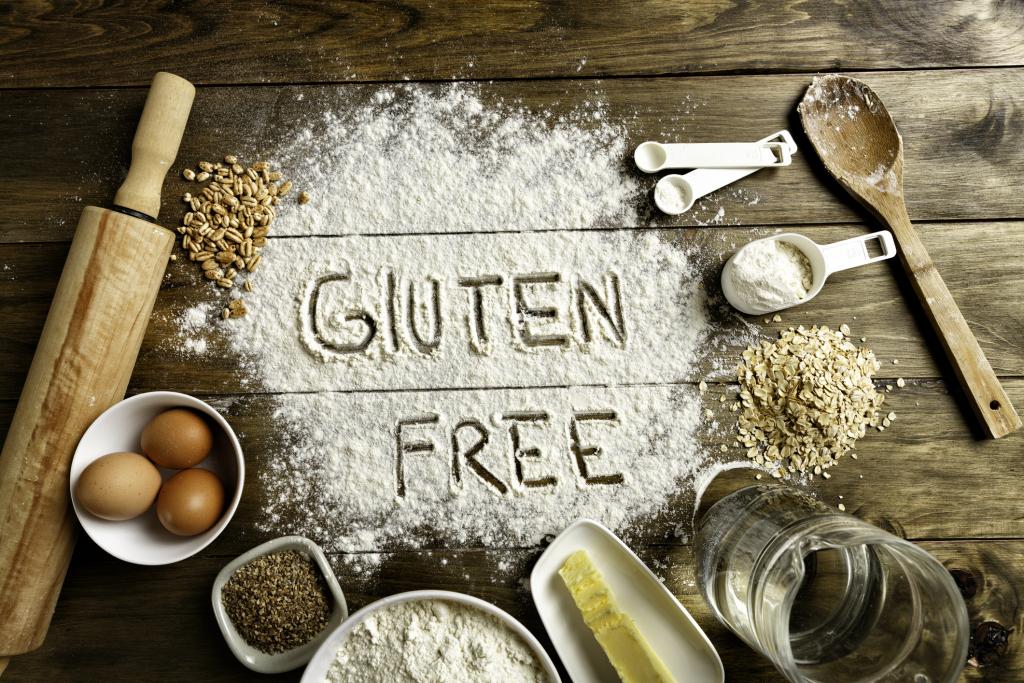Today, there are plenty of different diets to try – from keto to paleo to vegan, there’s a unique and specialized diet for absolutely everyone. But one of the fastest-growing and most popular diets is going gluten-free.
For many people, gluten causes serious health issues and complications, which is why more and more people are cutting gluten out of their lives and their diets. If you’re ready to go gluten-free, here’s everything you need to know in order to successfully cut gluten out of your diet.
 Learn Which Grains to Avoid – and Which Are Safe
Learn Which Grains to Avoid – and Which Are Safe
When you’re first starting a gluten-free diet, you know that you need to cut all foods with gluten out – and that means you’re pretty much avoiding grains entirely. You don’t want to eat any grains that have gluten or gluten varieties in their makeup.
But not all grains actually have gluten. There are a few types of grains that are perfectly safe to eat if you’re cutting out gluten, which is why it’s important to know which you need to avoid and which you can include in your meals.
According to Gluten Intolerance Group¹, you’ll want to avoid:
- Wheat, including durum, spelt, emmer, farina, farro, and einkorn wheats
- Barley
- Rye
You can, however, feel free to eat grains that are naturally free of gluten. Some of these options include:
- Rice
- Corn
- Soy
- Potato
- Tapioca
- Flax
- Chia
Know Your Gluten-Free Labels
In addition to watching what grains you eat and knowing what, exactly, is hiding in them, you’ll also want to pay close attention to food labels. Thanks to the prevalence of gluten intolerance and gluten-free diets, more and more foods are now available in gluten-free forms.
Unfortunately, not all foods that feature gluten-free labels are as safe for you and your diet as their labels state. In addition to checking for a gluten-free label, you’ll want to carefully read the product ingredients found near the nutritional information to ensure a packaged food is true to its word.
As Gluten Intolerance Group² explains, the labels could be misleading and the food could have come into contact with foods that do include gluten while being made. So, to be entirely certain that your packaged products don’t have any gluten, you’ll want to double check. Make sure that any packaged foods you consume are certified gluten-free, labeled gluten-free by the FDA, and free of any wheat, rye, barley, and malt.
If you can’t find these pieces of information on your packaged foods, it’s a smart idea to skip them. There’s no way to be certain that a product is gluten-free unless you know exactly what ingredients were used and that it’s been vetted by agencies like the FDA – and you don’t want to accidentally consume gluten if it could affect your health.
Don’t Forget to Keep Your Meals Healthy and Balanced
When you’re focused on keeping your diet gluten-free, it’s easy to focus solely on whether or not your favorite foods are acceptable or not – and because finding gluten-free options can be time consuming, it’s easy to get so distracted by your food’s ingredients that you forget to eat healthy.
If you’re trying to eliminate gluten from your diet, it’s important to remember that every meal should be balanced and good for you. Fortunately, it’s pretty easy to stick to a healthy diet when you’re going gluten free. As Eating Well³ writes, you should simply replace grains and other gluten-filled foods with vegetables, fruits, beans, nuts, and lean meats.
Don’t focus so much on eliminating grain that you forget about the good-for-you foods recommended for absolutely any diet: fresh fruits and vegetables. To maintain a healthy gluten-free diet, make sure you’re including variety too, eating protein and getting all of your nutrients. You don’t want to cut too much out of your diet and wind up with nutritional deficiencies.
Be Cautious When Choosing Your Foods
Ultimately, there’s one very important rule to follow when you’re beginning to follow a gluten-free diet: be careful of what you’re consuming.
As easy as it now is to find foods that are gluten-free, not all foods may meet your new diet’s standards. Remember to read ingredient lists and search for replacement items for your favorite grain-filled foods. Instead of chowing down on pasta at your favorite restaurants, ask about gluten-free pasta. If you’re craving grains, consider gluten-free options like quinoa that can fill your needs.
And don’t forget to ask about a food item if you aren’t sure. While it’s easy to tell what foods are typically made with gluten, like pasta, muffins, pizza, and bagels, there may be a gluten-free alternative. And on the other hand, you may forget that gluten is lurking in some of your favorite foods, like cereals, flavored nuts and chips, creamy soups, and even salad dressings or marinades. When in doubt, just ask – and over time, you’ll get much more comfortable with a wealth of gluten-free knowledge and plenty of alternative options.


